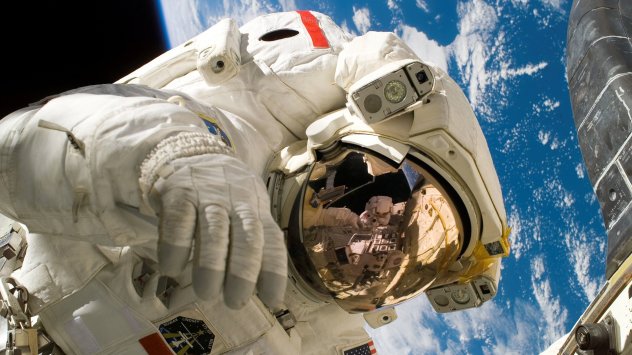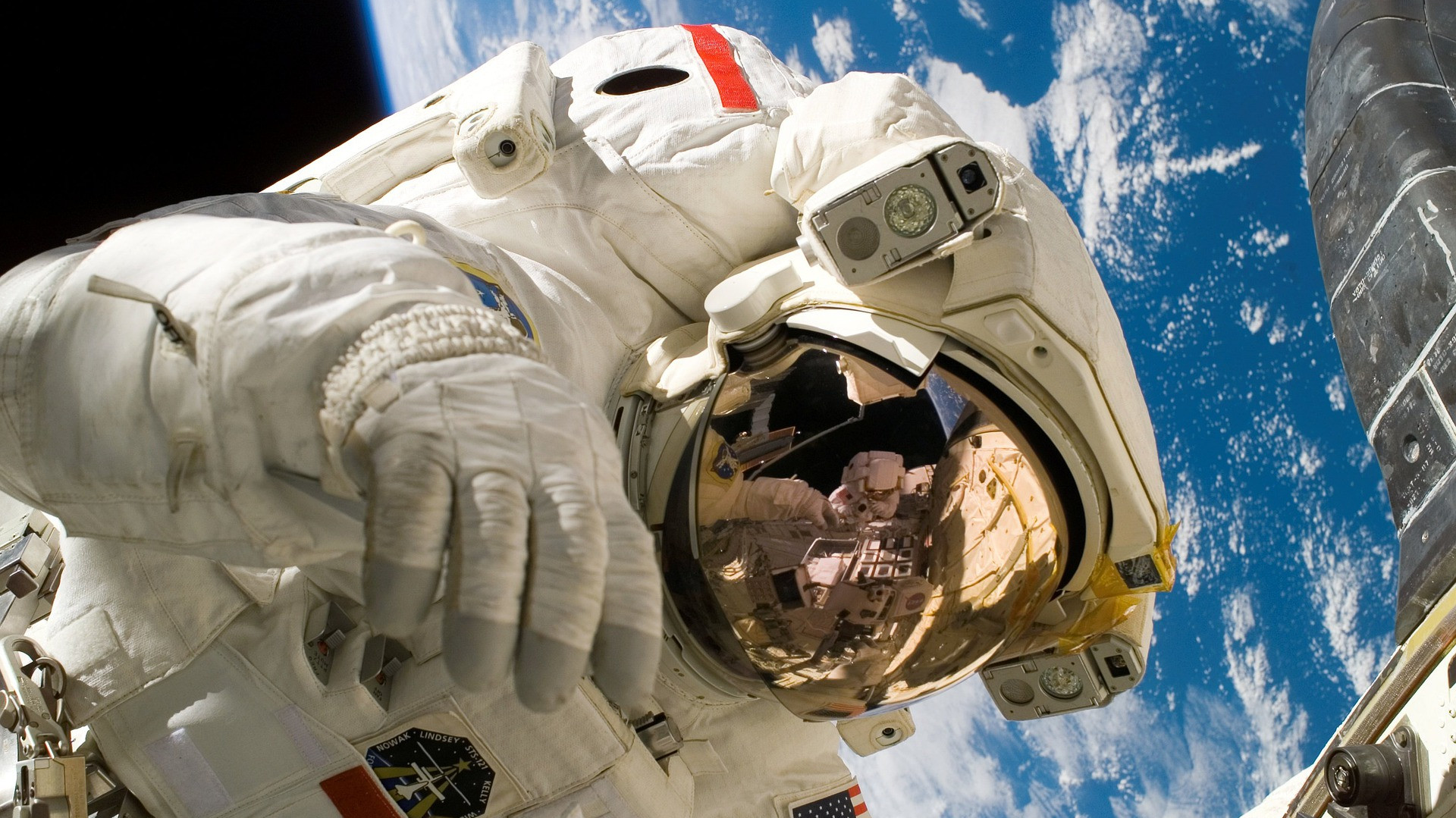
by Preslav Raykov
The idea of human being colonizing other planet has widely captured the imagination of many science fiction fans. For years, central to any futuristic plot has been how people survive in a barren, unearthly environment with hostile climates and limited resources. Thanks to the visionary work and technological feats of people like Jeff Bezos, Richard Branson and Elon Musk, humanity is looking to the realistic establishment of an extraterrestrial world. But while their adventures aimed at space tourism have taken the headlines and raised a lot of media, many other industries are more modest and consistent in their experiments and projects that could have a huge impact on the future of humanity - both here on Earth and there in space. And to solve our most urgent problems of civilization.
There is no bigger industry on our planet than the food industry. With a steady and loyal customer base of 7.8 billion people, the sector accounts for 10% of global GDP, or approximately $ 9.4 trillion, and is expected to reach 10 billion in the coming years. However, despite its stable customer base, the food industry faces unprecedented challenges in production, demand and regulation arising from changing consumer trends and habits. Rapid global population growth, limited productive resources and climate change are some of the main reasons for seeking alternatives to feeding the planet. There is an urgent need to produce more food while limiting the negative impact on the environment, ecosystems and the social consequences of industrial food production. In addition, humanity is increasingly optimistic and determined to go into space, settling there, and the potential applications of various models of economic systems on other planets, and the food system is one of the main things to plan.
Certainly providing fresh food for potential future inhabitants and space travelers is a challenge that can bring many positives back to earth. In parallel with the huge investment flows that have focused on the artificial protein sector, 3D printed stacks and plant substitutes for meat, milk and other essential foods, the new investment horizons of some of the major players in the sector are opening a window to growing fresh food in space, as well as the development of technologies that could turn inhospitable areas of the Earth into sustainably cultivated lands, providing a livelihood for many societies.
Space agriculture promises to provide solutions to many problems that are common here on earth. How to grow food with limited amounts of water, fertilizers, and planting areas? How to ensure maximum yields throughout the year without affecting the biological and nutritional qualities of the products? How to create products that replicate and replace meat, milk and eggs? All these questions will have to be addressed by space agriculture, but their answers are more than necessary here on Earth. There are currently a number of space farming programs that are promising, and their achievements are creeping into our table and the future of the food system.
NASA and Veggie
For nearly 20 years, humans have been successfully living aboard the International Space Station (ISS), during which time NASA scientists have been working hard to provide fresh food for their astronauts that is both nutritious and delicious. It is for this reason that in 2014 the Veggie system was developed, which successfully managed to grow fresh vegetables on the ISS. Astronauts have successfully grown eight different species of leafy vegetables through the Veggie systems, and another 15 different species of plants have grown successfully in the space system. In addition, new varieties of lettuce, radishes, peas, flowers and sunflowers have been cultivated and grown. The seeds of the plants are sown in "plant cushions" - a small package containing calcined clay - this is soil that is heated to the melting point to remove moisture and germs. Each cushion contains a controlled release fertilizer and serves as a place to root the seeds. The Veggie system itself uses low-energy sources, as well as special technology for irrigating and sticking plant seeds to plant cushions to combat the effect of microgravity.
Next time you have an ice cream you would probably consume the same ingredient which is being used for sticking the plant seeds in space – Guar gum. The average time for growing a lettuce in the Veggie system is approximately 33 days and the astronauts have sent harvest samples for analysis on Earth as the data shows that vegetables are even more pure than the ones grown down here. NASA have developed their own space plant seeds bank which will allow a choice of menus for longer stays or space travel.
Lunar greenhouse
Scientists have begun growing plants in a lunar-like terrain, and more recently the first such plant was grown in soil brought from Apollo's lunar missions. Lunar surface soil sample called regolith have been used for this experiment. The soil samples are more than 50 years of age and were taken during the Apollo’s lunar missions 11, 12 and 17 between 1969 and 1972. Space experiments with potential lunar greenhouses succeeded in growing small laboratory copy of the plant Arabidopsis thaliana. In parallel with growing in lunar soil, scientists have grown the same plant on terrestrial volcanic ash, composed of many abrasive glass fragments. The results show that in this type of soil, despite their ability to generate growth, all plants grow slowly and relatively poorly. The specimens grown in lunar surface sample have worse genetic indicators and biological analysis shows changes that are indicative of plants under stress. Although these results are not encouraging in terms of nutritional application of plants, the cultivation of crops on the moon could find another realization – for example for air purification, removal of carbon dioxide, as well as production and purification of clean water. According to Robert Furl, a professor of gardening at the University of Florida, the ability to have plants on the moon will be key if we want to settle permanently in space.
The food challenge in the deep space
The desire for growing food in space is ubiquitous and promising for a number of start-up companies and groups of enthusiasts. NASA partnering with Canadian space agency organizes program whose purpose is to solve these challenges exactly and to harness the capacity of startup companies and investors. The mission of the project is "Good food for healthier and happier people in space and on Earth." To that end, NASA is organizing an international Deep Space food Challenge competition, offering prizes to American and international teams to create new food technologies or systems that require minimal investment to produce nutritious and tasty food for long space missions and have the potential to be also beneficial to the people of the Earth. For now, the program focuses on identifying food production technologies that can meet the food needs of a four-member crew for a three-year two-way mission. The program targets everyone who are able to solve the facilitating access to food on Earth problem and especially through direct production in urban centres and in remote and harsh places. All projects must solve the problem of producing the largest amount of food with minimal resources and minimal waste, creating a variety of food with minimal processing time.
Space challenges on Earth
Although the challenges against space missions and feeding intergalactic travellers remain in the distant future, technology and investment in more sustainable food models are crucial to our ongoing development here on Earth. Food insecurity continues to be a significant chronic problem affecting many communities in a number of regions. More than enough food is being produced worldwide to feed the global population, but as many as 811 million people are still starving. After a steady decline for a decade, world hunger is rising again, affecting 9.9% of the world's population. From 2019 to 2020, the number of malnourished has increased by 161 million - mostly as a result of armed conflict, climate change and the Covid-19 pandemic. Space technologies and their effective use can solve these problems. Optimizing land, water and other raw materials for food production can significantly improve our well-being on Earth before we travel to other worlds.
THE BOTTOM LINE Currently there are many space agriculture programs which register promising results and their achievements creep into our table and the future of the food system.



